Vận chuyển ltl là gì: Hướng dẫn đầy đủ về dịch vụ vận chuyển hàng hóa ít hơn một xe tải
Among all the freight transport options, Less Than Truckload (LTL) is both cost effective and versatile for businesses. As part of finding efficient transport, companies now depend on LTL shipping which makes it important to understand how this works in order to minimize logistic expenses and achieve cost savings .
Understanding LTL Shipping: The Fundamentals

An ltl shipment occurs when goods from various shippers are put together on one truck trailer for transportation. LTL shipping is an option for business that do not require all the space on a truck to ship their goods, as they can share the truck and the costs with other shippers on similar routes.
LTL shipping acts as a link between shipping small parcels like with UPS or FedEx and shipping entire truckloads. LTL shipping suits your freight just right when it’s too large for a parcel service but you don’t need a whole truck for shipping freight . Shipments from various customers are shipped together which helps the carrier organize routes that lower everyone’s costs and have less impact on the environment and reduce the carbon footprint .
Over the years, LTL has adopted new technologies, better ways to track freight and advanced algorithms to make sure shipments are delivered on time and at a reasonable cost, offering competitive rates . Currently, LTL companies run wide-ranging networks of terminals and distribution centers which let them provide services in all kinds of markets.
How LTL Shipping Works: The Process Explained
You should get your goods ready for pickup when you start the LTL shipping process. The truck you use carries goods including pallets from many different customers during the day. Moving on, these items are taken to the local terminal or hub and they are grouped and sorted there for any special services required .
In the terminal, freight is arranged using the destination zones and the times when delivery will take place. The shipment may be handled by multiple trucks that pass through many terminals before reaching the delivery center nearby the destination. Because of hub-and-spoke, carriers are able to find efficient routes, cut shipping costs and still ensure reliable service.
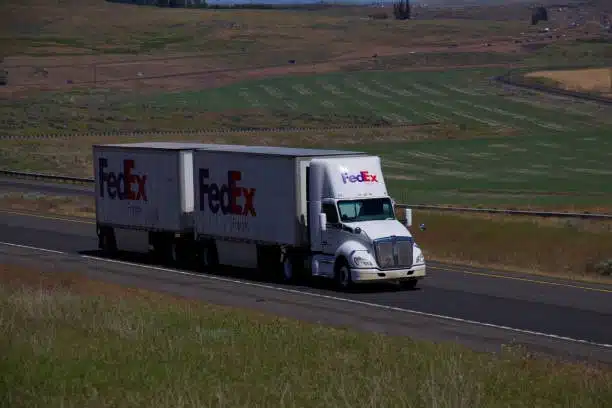
As your order moves, updated status and details of your shipment are provided, using modern tracking technology. Most LTL companies have websites where customers can monitor their freight, schedule the pickup of goods and handle their freight logistics easily.
For the last part, your freight is placed onto a truck for local delivery and taken where it belongs. Based on the service selected, this can mean the driver brings the shipment inside, lifts it or does any other special handling needed.
Key Benefits of LTL Shipping for Businesses
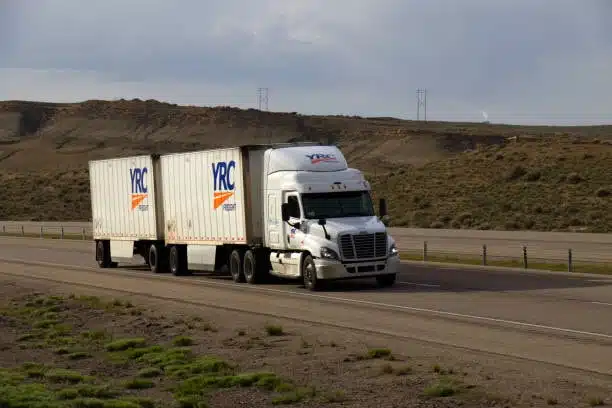
LTL shipping offers cost advantage above all else. Businesses can make major savings on ltl freight rates by shipping with others using trucks, rather than paying for trucks they use by themselves. Businesses with regular shipping needs but insufficient load for full truckload freight find LTL shipping very attractive due to its shared-cost model.
Being sustainable for the environment plays a major role as well. LTL shipping means less trucks on the roads since many shipments are combined which results in a decrease in fuel use and carbon emissions per shipment. Being efficient supports the company’s commitments to sustainability and protecting the environment.
Having more in terms of shipping options lets businesses manage their logistics more effectively. Different service levels from LTL carriers let businesses choose the shipping method that best suits their budget and how quickly they need delivery. Inside delivery, residential delivery and special care for delicate or dangerous goods complete what the company offers for various types of customers and goods, taking into account different handling requirements .
Established specialized carriers give access to large networks, something very few businesses are able to build and maintain at their own cost. By including urban, suburban and rural areas, these networks help businesses of any size get to their customers everywhere.
LTL vs FTL Shipping: Making the Right Choice
Counting the differences between LTL and FTL shipping means companies can decide wisely on freight shipping needs. LTL is best for freight from 150 to 15,000 pounds and FTL is recommended if your load needs all the space in a truck, typically seen with large shipments .
These methods have a big difference in how much they cost. Most LTL shipping companies charge according to how heavy the package is, how large it is, the delivery distance and the freight class, so it is often more affordable for smaller loads. Its costs are mostly influenced by the transported items’ weight and how far the journey is which can attract better deals if you opt for large and heavy items over greater lengths.
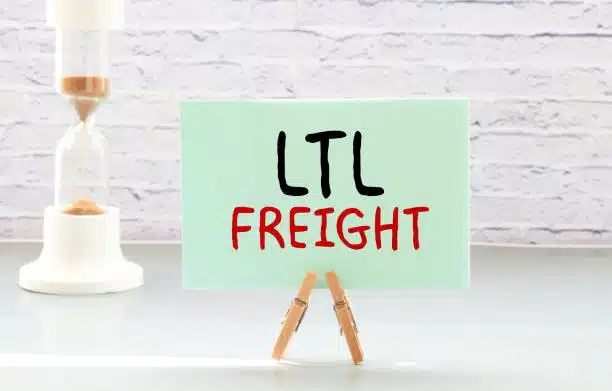
How long it takes to get your freight is not the same for LTL and FTL services. Because FTL shipments do not stop to pick up or drop off other goods, they reach the destination in less time. Because LTL shipments go through multiple terminals and are combined, they might take longer, but this usually does not bother clients because they save money and avoid higher costs .
The management of frequency is a further important distinction. Several times during shipping, LTL shipments pass through different terminals and are transported by different trucks. The same truck transports FTL shipments most of the time, limiting times when the cargo is handled and reducing damage risks.
LTL Freight Classes and Pricing Structure
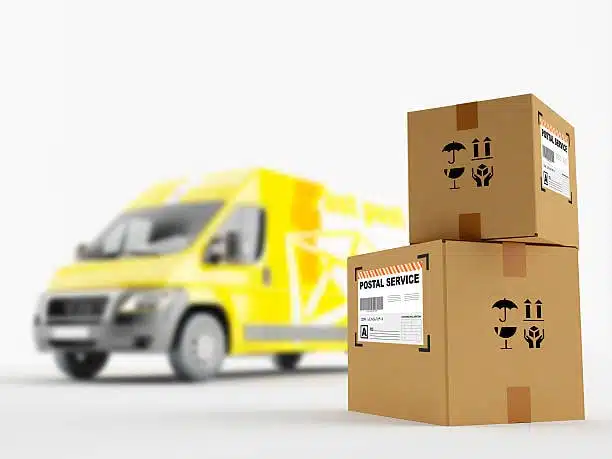
The complex way LTL prices are set is thanks to classification systems developed by the National Motor Freight Traffic Association (NMFTA). The NMFC arranges different parcels into one of 18 classes, from Class 50 (sturdy and simple to handle) to Class 500 (fragile, heavy and hard to move).
Four main factors are checked during freight class determination: density, stowability, handling needs and risk of theft or damage. Items that are thick or small such as car parts, often cost less and get fewer classification points than things like furniture.
DIM (dimensional) weight pricing is used when a package is plump so it occupies more space than suggested by its regular weight. Carriers work out dimensional weight by multiplying length, width and height in inches, then divide the product by 194 (which is generally the DIM factor). Airline rates are based on which is greater: the actual weight of items or their dimensional weight.
Factors that influence LTL prices besides distance are areas, accessorial costs for specific services, fuel variations and seasonal adjustments. Understanding these factors means businesses budget for shipping correctly and choose wisely about grouping orders for shipping.
Common LTL Shipping Terminology and Industry Terms
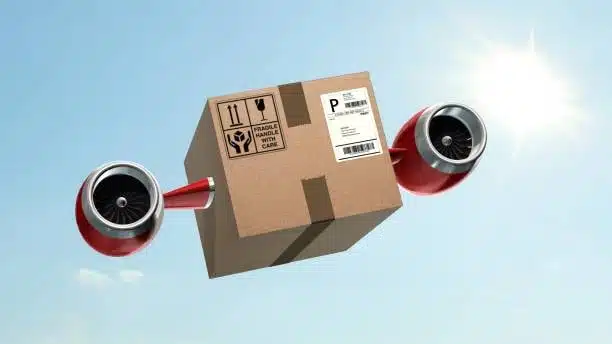
If you know the LTL shipping terms, you can talk more smoothly with carriers and handle shipping better. This contract, called a Bill of Lading (BOL), tells the shipper and carrier everything they need to know about the shipment, from contents to destination and any specific rules.
When a driver offers extra service such as inside delivery or residence delivery such service is called accessorial and may incur extra charges. Failure to understand and manage these charges can make shipping prices much higher than expected.
The “freight class” is your NMFC code and it directly influences how much your freight will cost. The linear foot measures the space your industrial shipment occupies on the truck trailer floor which helps with oddly shaped items.
Any charges made when a truck is kept waiting beyond normal loading or unloading times for other shipments (usually between 30 minutes and two hours) are called detention time. Carriers might discover that your recorded weight and class aren’t correct which could mean you’ll be billed extra.
Choosing the Right LTL Carrier for Your Needs

As well as considering prices, it’s important to study other details when choosing an LTL carrier. The areas ltl providers cover should include all your shipping locations to gain access , so your customers can get their goods promptly and without many delays. Local carriers might give excellent services in their region, yet national carriers reach more places.
The rate of on-time transport from one carrier or line to another is not consistent. Online documents from carriers and logistics services let you see how on-time deliveries and average transit times have been for specific transportation routes, especially those involving multiple hubs . Such knowledge is very useful for companies that manage time-bound schedules or closely follow inventory needs.
Strengths in technology are setting different LTL carriers apart. Streamlining your shipments and making sure things are visible along the way can be easily achieved using advanced tracking, integrating with your current systems, using Bills of Lading that are online and electronic management tools.
The importance of customer service quality is highest when there are problems. Fast responses from the support team, timely alerts about any problems along the route and streamlined processes for resolving claims make everything easier and maintain good company relationships.
Technology and Tracking in Modern LTL Shipping

Advanced technology improves efficiency, makes things more visible and supports customers. Tracking systems allow people to get updates on their shipment’s status at all stages, between pickup and receiving it. Truck GPS and scanners at terminals make freight movement easy to monitor in detail.
Through Electronic Data Interchange (EDI), services can be exchanged automatically between shippers and carriers without any issues. When systems are integrated, businesses that ship often do less manual work, have fewer mistakes and work more efficiently.
Using mobile apps from key LTL carriers, clients can request pickups, keep track of their orders and look after their shipments right from their mobile phones or tablets. Often, they have options like delivery proof retrieval, reviewing previous shipments and figuring out rates.
More and more, LTL companies use artificial intelligence and machine learning to improve delivery planning, estimate when deliveries will happen and notice issues before they become problems for customers. The use of these advances keeps improving service stability while making it less expensive.
Best Practices for LTL Shipping Success

The success of LTL shipping depends a lot on using appropriate packaging. Items inside LTL freight need to be well packaged to remain safe during multiple loading and unloading events, stacking and when being handled at terminals. Picking suitable packaging, locking things down on the pallet and following the carrier’s guidelines keeps your items secure and saves you money.
Making sure your documents are right can avoid problems and more costs. A good transport document should always include detailed information on freight, its actual weight and size, correct class and straightforward instructions for when and how the delivery need to happen. Mistakes in documentation can cause items to need reweighing and new classification which may cause delays in deliveries and problems with customer service.
Consolidation methods help a lot in cutting down the costs for shipping products. If it is doable, sending several smaller shipments as one larger load will often lead to better pricing and improved performance. Yet, firms must plan the strategy well to ensure that the effort to save money avoids problems with high inventory costs and slower delivery.
Maintaining steady shipments and paying on time with carriers may help improve the level of service you get and provide instant access to conversations about possible discounts. If you use a lot of shipping services, many carriers will give you discounts or extra benefits through their preferred customer schemes.
Common Challenges and Solutions in LTL Shipping
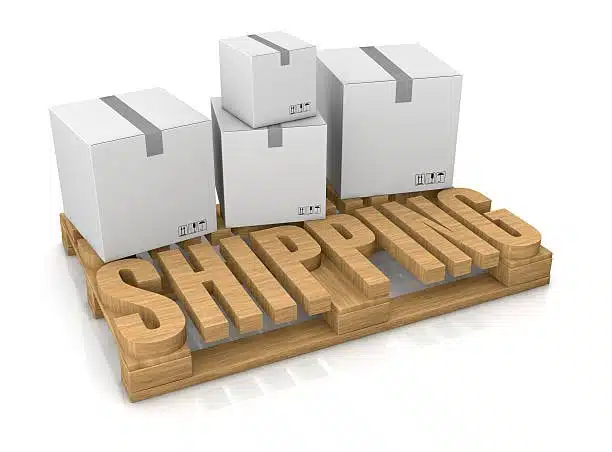
Because LTL shipments are handled more than FTL shipments, making sure items are protected is still the main issue. The way to go is by using good packaging methods, reliable packaging materials,, identifying fragile items and giving attention to the freight class of protective packaging. You can choose insurance options to add more security for valuable or at-risk packages.
Changes in transit time can affect how happy customers are and the way stocks are managed. Some strategies are to add buffers to delivery timings, choose faster services for urgent shipments and inform customers about what they should expect regarding shipping and delivery to ensure it reaches the final destination .
Shippers may be surprised by accessorial charges if they are not aware of all the possible service fees. Preventing future charges requires reading all the carrier details, notifying the carrier about required delivery options before booking and teaching your team standard procedures for receiving freight.
You need to correctly document your claims for lost or damaged freight and know what the carrier can and cannot do. Notifying the insurance company quickly after damage, providing clear photographs as evidence and knowing the difference between what is covered and what it will really cost to replace are important parts of a successful claim.
The Future of LTL Shipping and Industry Trends
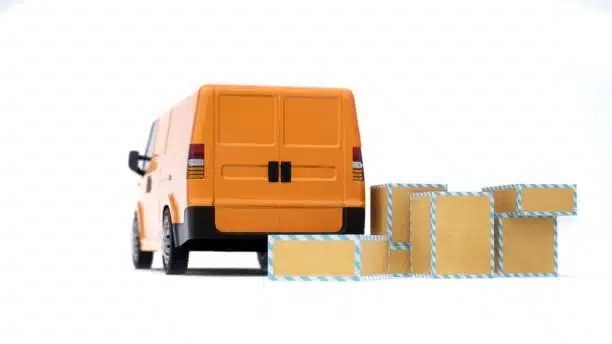
New advancements in technology, changes in laws and growing customer requirements keep driving changes in the LTL industry, similar to those seen with old dominion freight line . Terminals and warehouses are getting more automated which raises efficiency, cuts costs and makes them safer. Because autonomous vehicle technology is still being developed, it is expected to help overcome the lack of drivers and lessen the expense of transportation lcl shipments.
Being environmentally friendly is encouraging firms to switch to alternative fuel cars, make better routes using software and report on their sustainability. Some LTL companies are transitioning to hybrids and electrics for deliveries near terminals and they are also interested in using more renewable energy for their terminals entire truck.
Because of e-commerce growth, customers now want more residential deliveries, flexible ways to receive their goods and improved tracking of their shipments. Providers are making changes to their systems and services to satisfy the evolving market, all while keeping their traditional business-to-business customers happy.
Not enough drivers and limited facilities are causing issues for the industry and may result in organizations needing to change their services or adjust their prices. Reliable shippers are teaming up with a variety of carriers and investigating alternatives to road transportation, to make sure their services are consistent ltl freight shipping.
Phần kết luận
For companies wanting to move goods at a lower price than full truckload services, LTL shipping is an important option. Companies that share truck space with other shippers get access to professional ltl freight services and shipping ltl freight , manage their spending and maintain a flexible process. LTL shipping is achieved by knowing the different freight classifications, including less than container load op selecting the correct carriers, package the goods appropriately and keep accurate records. With the help of new technologies and economic changes, LTL shipping is still one of the most important pieces of efficient supply chain management for businesses everywhere.


Thank you for reading!
Have questions, corrections, or better ideas? We’d love to hear from you!
We value every piece of feedback and promise to reply within 24 hours. Let's make this guide better together!
Note: Spam comments will not be published.